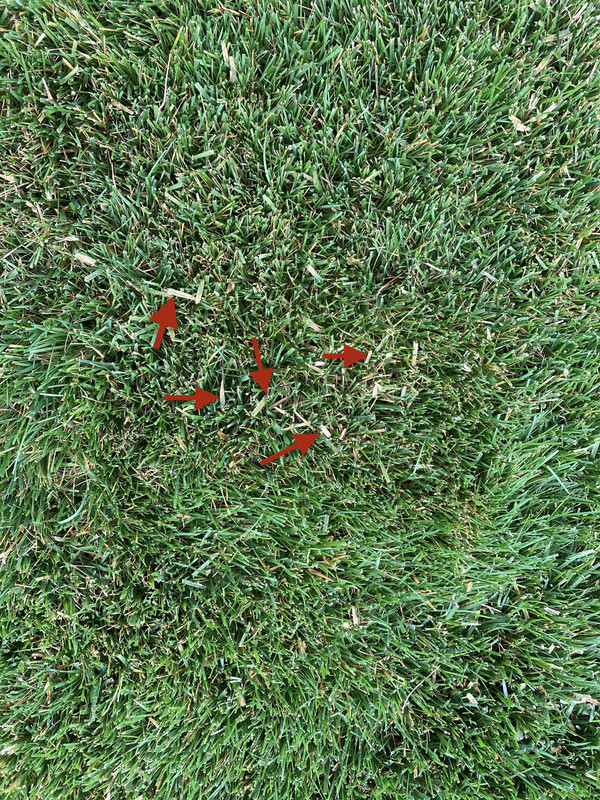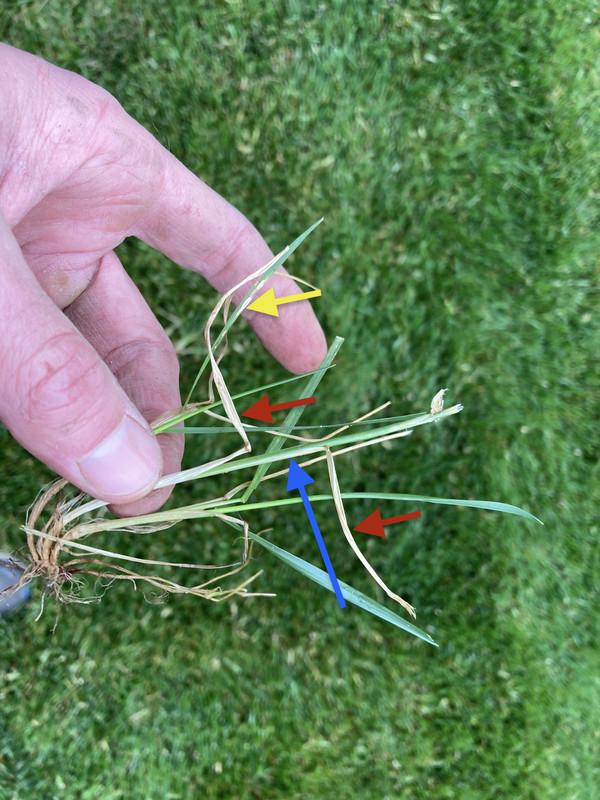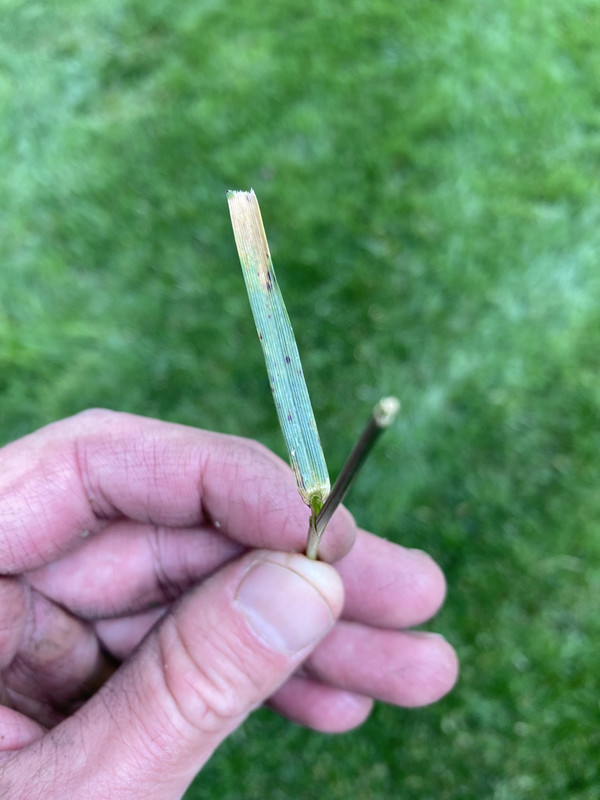Not sure what's going on with my lawn. Got brown spots here and there. I cut at 3inchs. Never cut more than a third off at a time.
Here's what I have been spraying.
5-2 .25 nitrogen per 1k.
5-9 .3 nitrogen per 1k
Wanted to do .5 but didn't have enough that's why I did 2 qpplications of nitrogen.
5-22 spot sprayed 24d and tenacity.
Is this poa triv in the next two pictures?
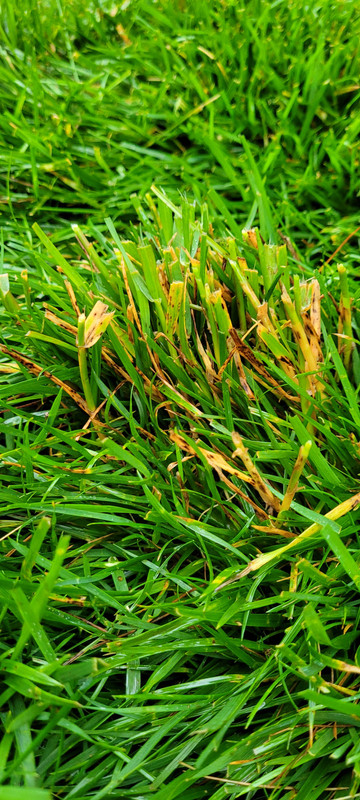
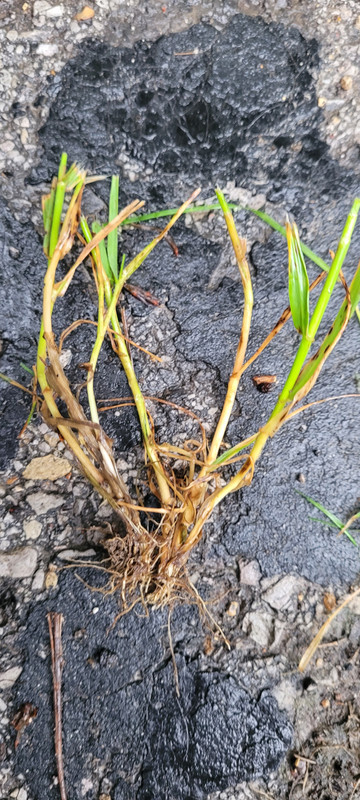
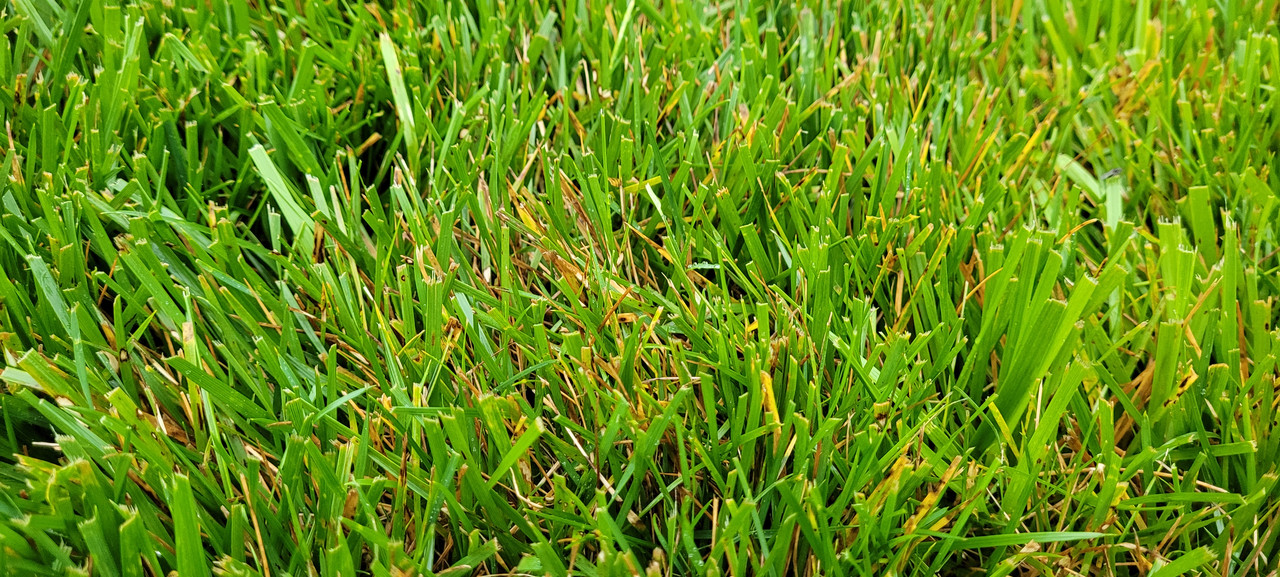
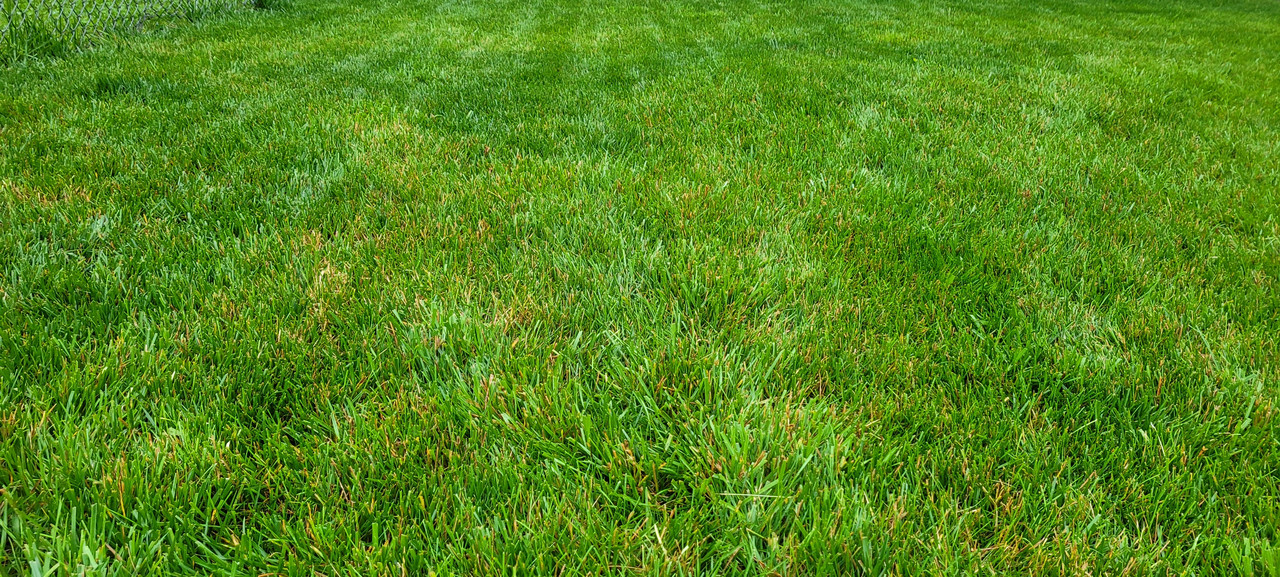
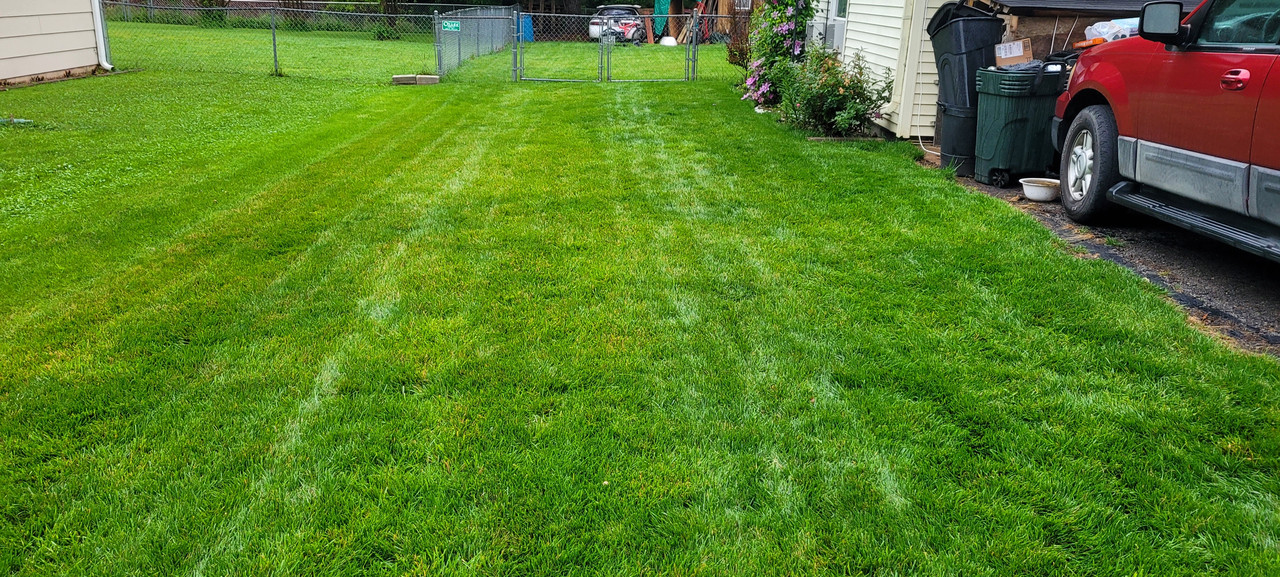
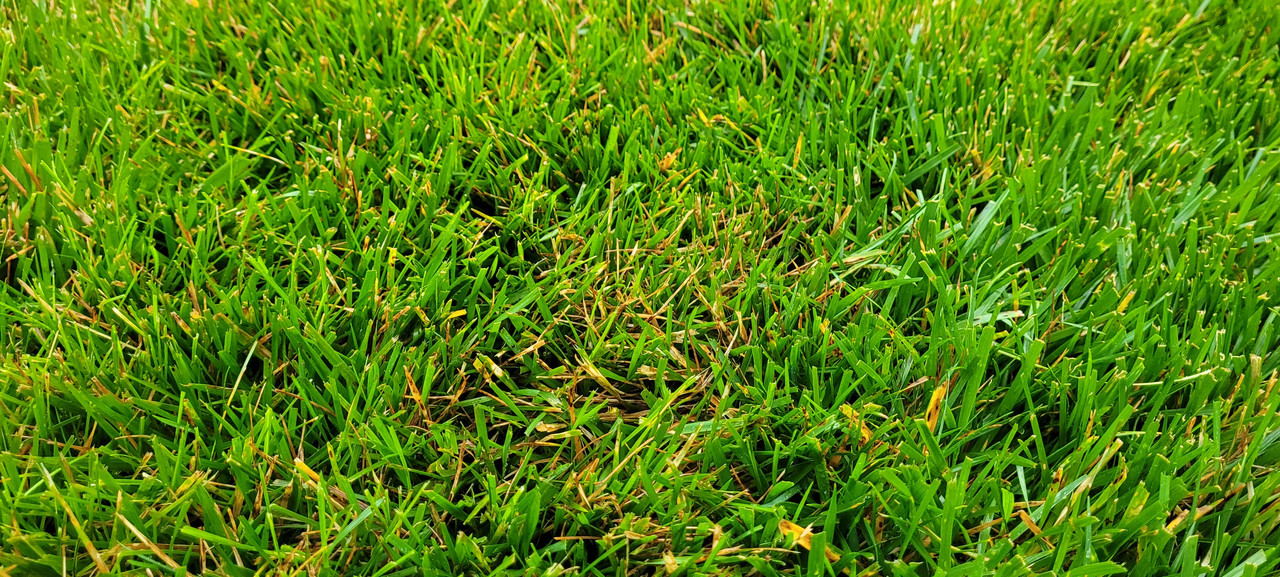
Here's what I have been spraying.
5-2 .25 nitrogen per 1k.
5-9 .3 nitrogen per 1k
Wanted to do .5 but didn't have enough that's why I did 2 qpplications of nitrogen.
5-22 spot sprayed 24d and tenacity.
Is this poa triv in the next two pictures?








